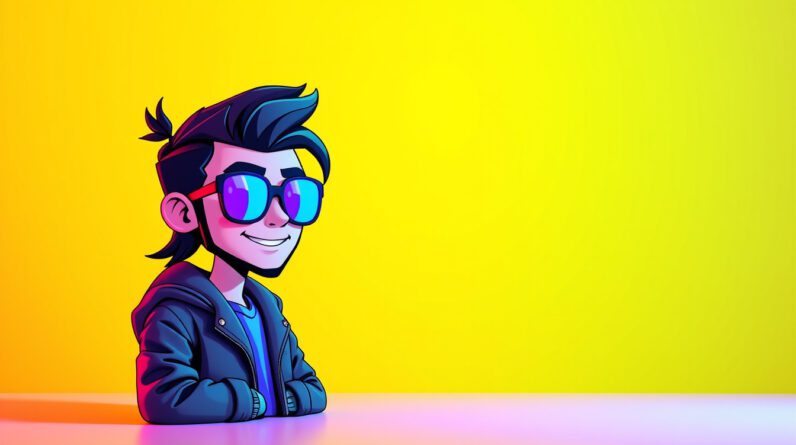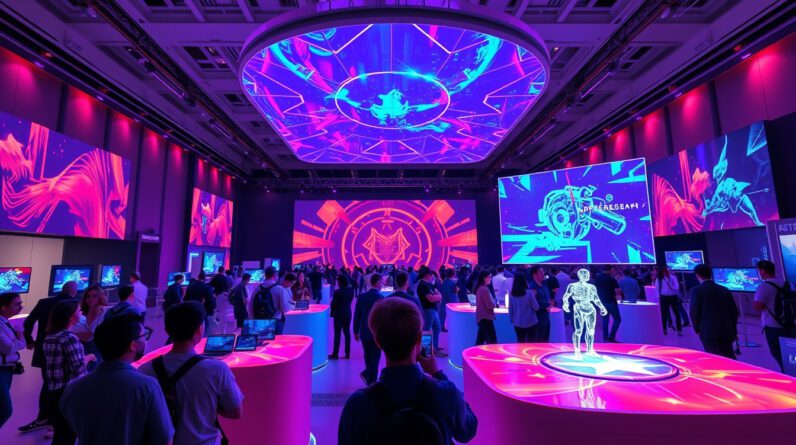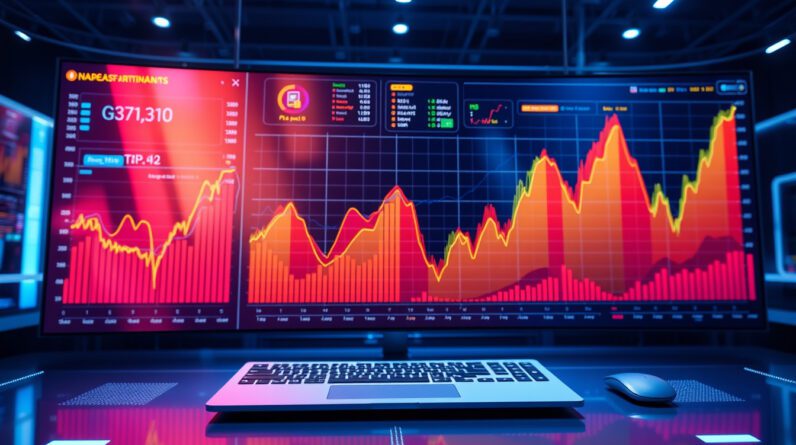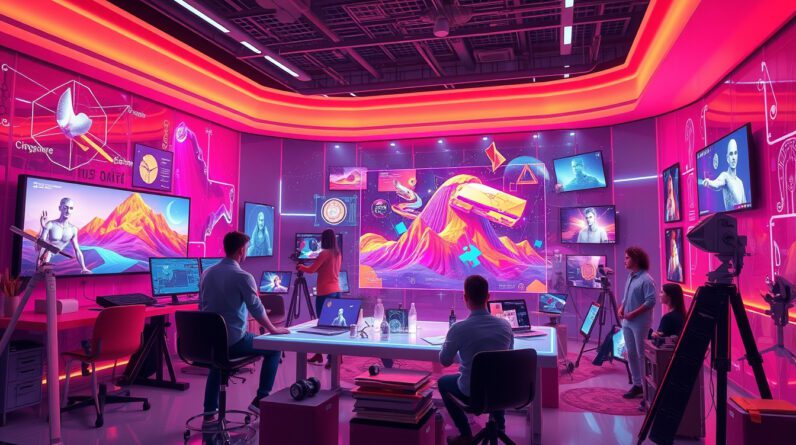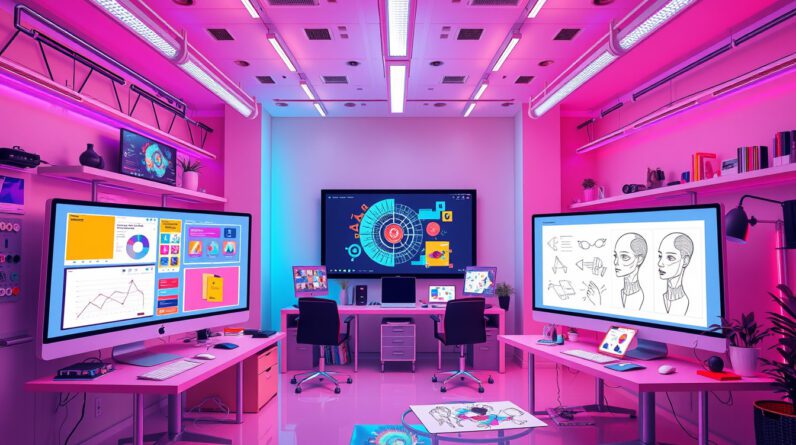
In recent years, the graphic design landscape has transformed significantly, largely fueled by advancements in artificial intelligence (AI). This shift has sparked a robust debate within the design community, especially following comments made by tech pioneer Bill Gates regarding the potential threats AI poses to various jobs, particularly in graphic design. While there’s no denying the capabilities of AI in generating graphics and automating processes, a consensus is emerging among designers: creativity and human insight remain irreplaceable. This article delves into the opportunities and challenges posed by AI in graphic design, emphasizing the importance of human creativity as the industry navigates this technological evolution.

Takeaways
- AI can enhance graphic design processes but cannot replace human creativity.
- Industry veterans stress the importance of skill enhancement and problem-solving in the face of advancing AI.
- The future of graphic design lies in the synergy between human designers and AI tools.
The Role of AI in Graphic Design: Opportunities and Challenges
The rise of artificial intelligence (AI) in graphic design has sparked a multifaceted discussion among industry professionals, particularly after Bill Gates raised concerns about AI’s potential threat to various jobs, including graphic design. In online discussions, notably on platforms like Reddit, many designers are grappling with the implications of AI technologies that are increasingly capable of generating complex graphics. Despite the advances in AI, there is a prevailing belief that human creativity—our unique capacity for imaginative thought and emotional nuance—remains irreplaceable. Designers with years of experience assert that the key to thriving in this changing landscape lies in enhancing traditional design skills while also embracing new technologies. The sentiment is clear: rather than viewing AI as a competitor, it should be seen as an invaluable tool that can enhance efficiency and creativity. Newcomers to the field may feel apprehensive about their prospects, but industry veterans advocate for a focus on problem-solving capabilities and adaptability. This evolution underscores the importance of viewing AI as a collaborator that can streamline processes, allowing designers to concentrate on what they do best—innovative and aesthetically compelling design. The consensus among these discussions is optimistic yet cautionary; it champions a future where human intellect and AI coexist, each amplifying the strengths of the other to push the boundaries of creativity in graphic design.
The Imperative for Human Creativity in an AI-Driven Landscape
In an era where technology continues to reshape industries, the graphic design field finds itself at a crucial crossroads. The influx of AI-powered design tools has ignited a dialogue about the future of creative work, revealing both trepidation and optimism among designers. Many industry professionals argue that while AI can efficiently automate certain tasks, it lacks the intrinsic human qualities—such as empathy, intuition, and cultural sensitivity—that are essential for creating truly resonant designs. This perspective underlines the notion that human creativity is not solely about skill execution but involves a deep understanding of context and audience. As designers begin to integrate AI into their workflows, those who emphasize the nurturing of their own creative instincts and problem-solving abilities will likely lead the charge in redefining the role of design in society. Instead of viewing AI as an existential threat, many advocate for a future where embracing collaboration with AI technologies allows designers to elevate their work to unprecedented levels of innovation and personalization. This approach not only enhances productivity but also affirms the value of human insight in an increasingly automated landscape.
